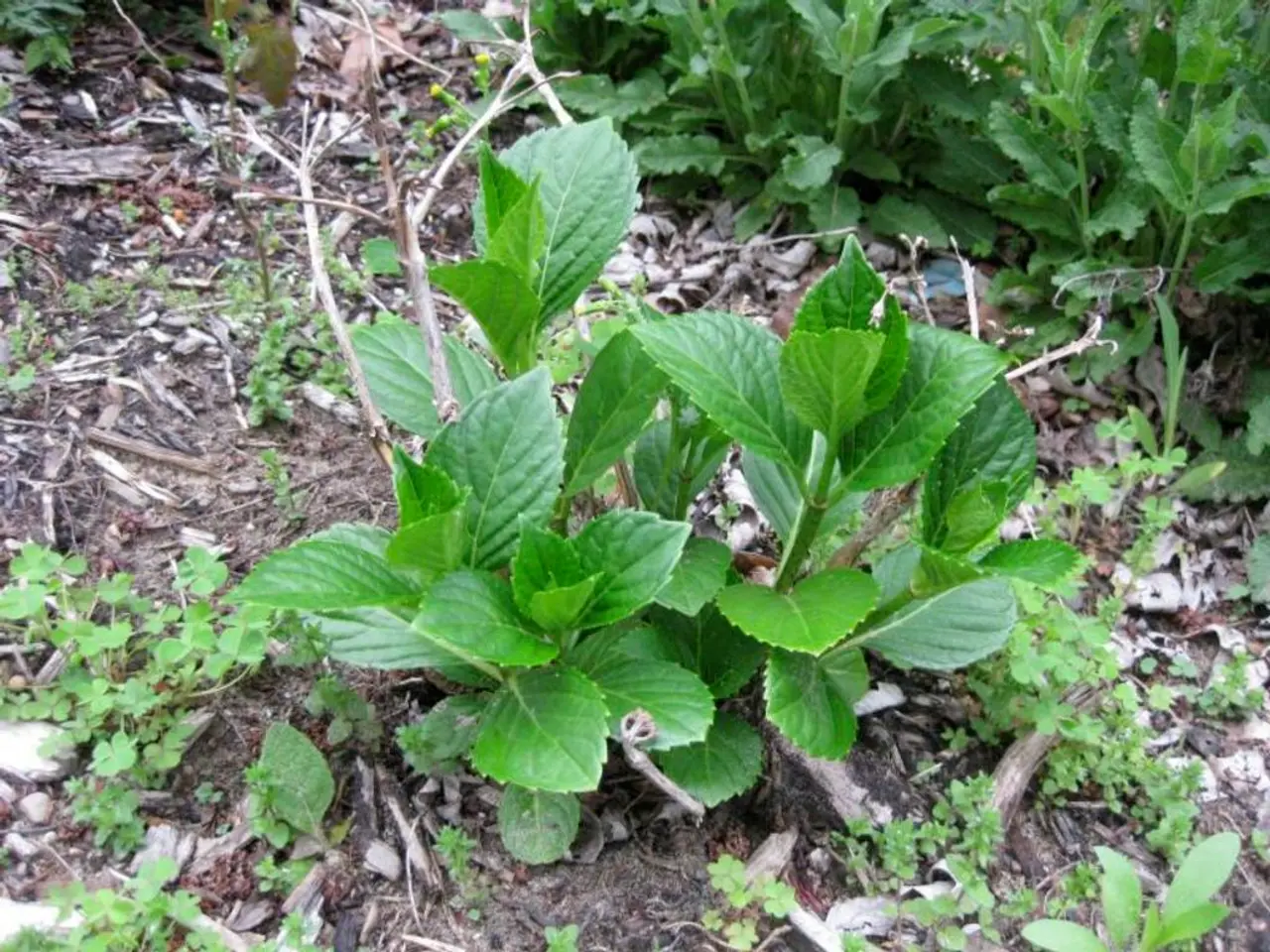Cultivating Chamomile Indoors: A Guide to Growing Chamomile in Potted Containers
In the quest for a calming herb to grow at home, chamomile is an excellent choice. This delicate plant, with its daisy-like flowers, can be cultivated in containers, beds, herb gardens, and even on patios or balconies.
Chamomile thrives best in conditions that mimic its natural environment. It requires 6 or more hours of direct sunlight daily, preferably in a spot with full sun to partial shade. Roman chamomile, which only grows to about a foot (30 cm) tall, is a good choice for container growth. However, German chamomile might not be the best choice due to its tall growth.
The ideal soil for chamomile is well-drained, sandy or loamy, with a neutral to slightly acidic pH (5.6-7.5). Potted chamomile should be kept well-watered, with about one inch (2.5 cm) of water per week being ideal. But remember, after establishment, chamomile tolerates some drought.
Terracotta pots are suitable for growing chamomile due to their ability to allow air and water to flow through the soil and roots. Any container with drainage holes is suitable for growing chamomile.
Chamomile plants don't need a lot of fertilizer and can become bitter or grow more leaves than flowers if over-fertilized. Container plants can be fertilized with a balanced, diluted natural fertilizer a couple of times during the growing season, or compost can be mixed into the potting soil.
When starting from seeds, fill a pot with quality potting mix, moisten it, sprinkle seeds on top, and gently press them into the mix. The seeds should be kept moist and placed in a spot with at least six hours of bright light per day. The seeds should sprout in one or two weeks, and once seedlings have two mature leaves, they should be thinned out, leaving just one healthy plant per container.
For maintenance, regularly harvest flowers when fully open to encourage continuous blooming, and prune back plants after flowering to promote bushier growth. Watch for pests like aphids and spider mites and treat as necessary with neem oil or insecticidal soap.
Harvest chamomile flowers in the morning after dew has dried but before midday heat for best quality. To dry for tea, air dry the flowers in a well-ventilated, dark, and dry place, or use a dehydrator at low temperature (around 95°F/35°C), or oven dry at lowest heat with the door slightly ajar; avoid direct sunlight to preserve quality. Once dried, store flowers in airtight containers away from moisture and light to maintain potency.
In conclusion, with proper care and attention, chamomile grown in containers can provide a bountiful harvest for tea or medicinal use. After the last frost of spring, the container can be placed outside, but the plants should be hardened off first. Happy gardening!
Reference(s): 1. Gardening Know How 2. The Spruce 3. Chamomile Tea
By following the recommended conditions, such as 6 or more hours of direct sunlight and well-drained soil, chamomile can be effectively transplanted seedlings in home-and-garden settings, enriching one's lifestyle through gardening. As the seasons change, these lovingly tended plants will reward you with a bountiful harvest for tea or medicinal use.




